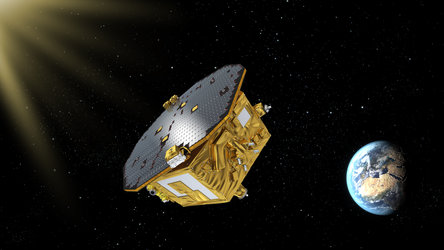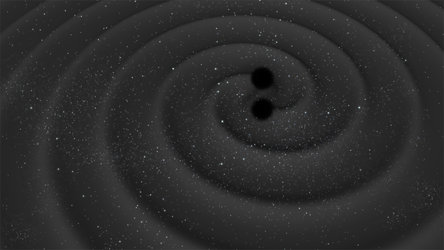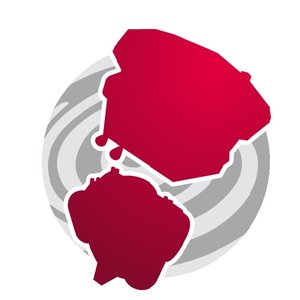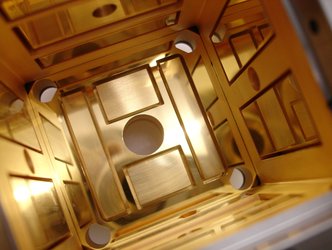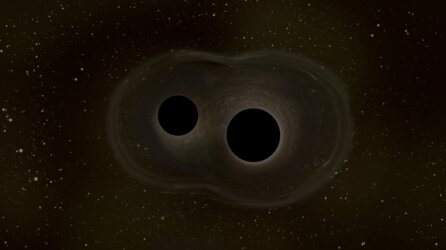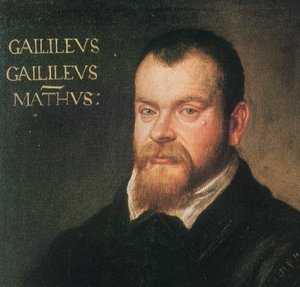LISA Pathfinder: bake, rattle and roll
The final days of the LISA Pathfinder mission are some of the busiest, as controllers make final tests and get ready to switch off the gravitational pioneer next Tuesday.
Following 16 months of scientific effort, LISA Pathfinder completed its main mission on 30 June, having demonstrated the technology needed to operate ESA’s future LISA space observatory to study gravitational waves – ripples in spacetime predicted by Albert Einstein in his General Theory of Relativity.
The LISA mission will comprise three spacecraft orbiting some 2.5 million km apart in a triangular formation, with their ‘test masses’ isolated from all external forces bar gravity and linked by laser beams.
With the required sensitivity fully proven by LISA Pathfinder, teams are now using the spacecraft’s last days to conduct a series of technical tests on components and devices, making full use of every remaining minute.

“These tests will give us a better grasp of the craft’s behaviour and provide valuable feedback to the manufacturers about the characteristics of their equipment, in both routine and unusual conditions,” says spacecraft operations manager Ian Harrison.
“The gravitational wave detectors work by measuring the changing separation of two cubes that are in free-fall. Changes in the spacecraft’s state or any movement may interfere with the measurements, and we want to better understand these for the future mission.”
In addition to satellite movement, the delicate cubes on LISA Pathfinder can be influenced by variations in their environment, such as in temperature and magnetic interference.
Baking, rattling and rolling

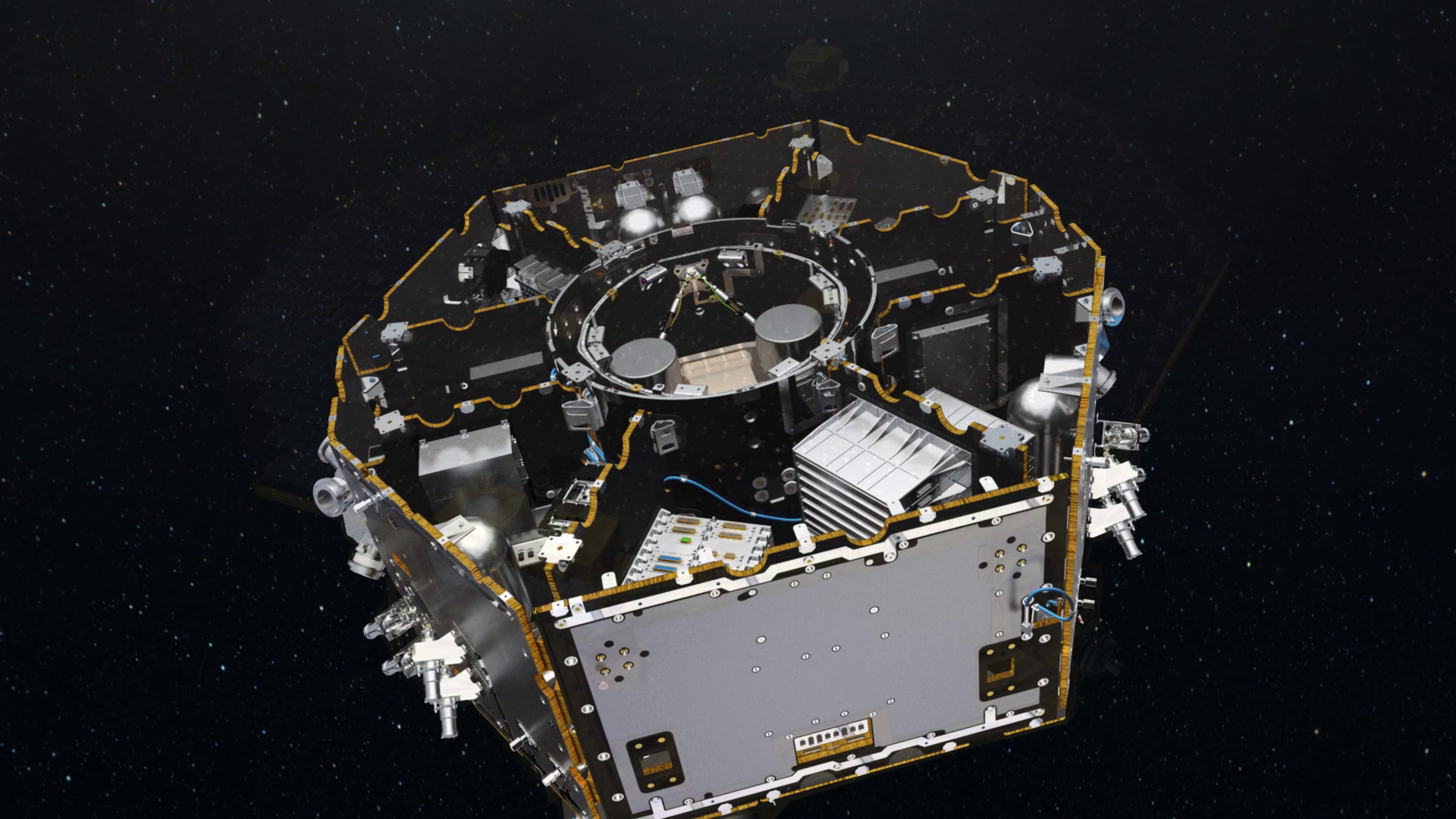
Access the video
Working at ESA’s mission control centre in Darmstadt, Germany, the controllers have been conducting daily tests since the mission formally ended its normal phase on 30 June. These could not be performed before because meeting the science goals required a very stable and ‘quiet’ environment.
Engineers have commanded the craft to turn to assess thermal effects on its systems, particularly the micropropulsion system, from solar illumination.
Repeating thermal tests previously performed on the ground will help to improve procedures for the future LISA mission.
Other tests are analysing the effect of magnetic interference, from the operation of pressure regulation valves in the cold-gas thruster system, on the spacecraft’s magnetic momentum, external forces and test mass control.

The teams have also been pushing the micropropulsion system and test-mass electrostatic sensing and control systems to their limits.
Spacecraft performance data have been recorded since the time of launch in December 2015 up to these last experiments, to determine the rate of hardware degradation in the harsh environment of space.
Boosting European industry
Results from this test series will be available to European hardware manufacturers for incorporation into future designs.
“These tests will help to eliminate variables that might influence the science results from future ESA missions, such as Euclid and LISA, and help reduce risk in their development,” says flight director Andreas Rudolph.
“The tests could go wrong for many reasons and might cause loss of data, or adversely affect the spacecraft, so they were not considered during the main technology demonstration phase of the mission.
“This is a great opportunity to test hardware in flight, with no effect on the mission objectives or final activities.”
Ready for lights out

Ground teams are getting ready to ‘passivate’ LISA Pathfinder, eliminating radio transmissions from the spacecraft and switching off most of the units.
In April, the spacecraft used its thrusters over five days to nudge itself into a safe orbit around the Sun, minimising any probability that it will return to the vicinity of Earth or Moon in the next 100 years, in line with ESA's requirement for space debris mitigation.
The final command switching off the craft is planned for around 18:00 GMT on 18 July.
“Before LISA Pathfinder, gravitational wave astronomy from space was a theoretical possibility, with its future implementation hidden behind a thick, dark wall,” says ESA’s Paolo Ferri, head of mission operations.
“This mission has opened a ‘door’ in this wall. The road to achieving a future mission that will detect gravitational waves is still very long, but we can see it and we can now start planning our long journey to reach it.”














 Germany
Germany
 Austria
Austria
 Belgium
Belgium
 Denmark
Denmark
 Spain
Spain
 Estonia
Estonia
 Finland
Finland
 France
France
 Greece
Greece
 Hungary
Hungary
 Ireland
Ireland
 Italy
Italy
 Luxembourg
Luxembourg
 Norway
Norway
 The Netherlands
The Netherlands
 Poland
Poland
 Portugal
Portugal
 Czechia
Czechia
 Romania
Romania
 United Kingdom
United Kingdom
 Slovenia
Slovenia
 Sweden
Sweden
 Switzerland
Switzerland



























